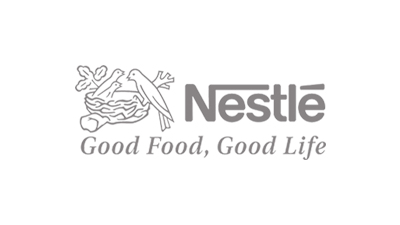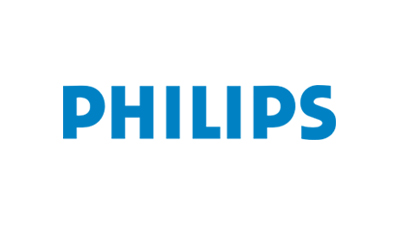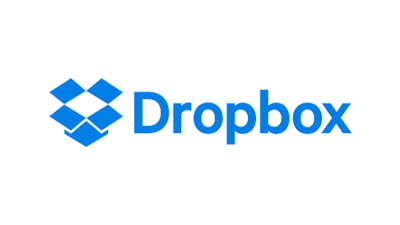According to our (Global Info Research) latest study, the global RFID Cards market size was valued at USD million in 2022 and is forecast to a readjusted size of USD million by 2029 with a CAGR of % during review period. The influence of COVID-19 and the Russia-Ukraine War were considered while estimating market sizes. RFID, or Radio-Frequency Identification, is a technology that uses radio waves to communicate between a reader and a passive RFID tag or card. The RFID card, also known as a transponder, contains a microchip that stores and processes information, as well as an antenna that transmits and receives the radio signals. There are several types of RFID chips available, each with different capabilities and characteristics. Ultra-High-Frequency (UHF) RFID chips, which operate at frequencies between 300 MHz and 3 GHz. They have a read range of up to 10 meters and are often used for inventory tracking and supply chain management. Active RFID tags have own power source and can have much larger range and transmit much more data. Low-Frequency (LF) RFID chips, which operate at frequencies between 30 kHz and 300 kHz. They have a short read range of a few centimeters and are typically used for applications such as access control and animal identification.Low frequency RFID Cards mostly called モProximity Cardsヤ are usually used in identification and access control applications. LF cards have lower read range and communication speeds than other RFID Card types and the most common chips offer low-cost and low-security solutions where a simple UID or identification key is required.High Frequency RFID Cards (HF) High frequency is the most diverse category of contactless and RFID smart card and is used as ID cards, access control, payments and loyalty cards, transport and ticketing. 13.56Mhz HF cards are complied by ISO/IEC 14443A/B or ISO/IEC 15693 standards and range from simple fixed memory to high security Java and PKI processor cards.Ultra High Frequency RFID Cards (UHF) follows the EPCglobal Gen2 standard and uses the 850ラ960Mhz frequency band to provide long-range data transfer (up to 10m) compared to LF or HF cards. UHF labels and tags are used extensively in warehousing and product tracking while UHF cards are popular choice for location and attendance tracking applications. This report is a detailed and comprehensive analysis for global RFID Cards market. Both quantitative and qualitative analyses are presented by manufacturers, by region & country, by Type and by Application. As the market is constantly changing, this report explores the competition, supply and demand trends, as well as key factors that contribute to its changing demands across many markets. Company profiles and product examples of selected competitors, along with market share estimates of some of the selected leaders for the year 2023, are provided. Key Features: Global RFID Cards market size and forecasts, in consumption value ($ Million), sales quantity (K Units), and average selling prices (US$/Unit), 2018-2029 Global RFID Cards market size and forecasts by region and country, in consumption value ($ Million), sales quantity (K Units), and average selling prices (US$/Unit), 2018-2029 Global RFID Cards market size and forecasts, by Type and by Application, in consumption value ($ Million), sales quantity (K Units), and average selling prices (US$/Unit), 2018-2029 Global RFID Cards market shares of main players, shipments in revenue ($ Million), sales quantity (K Units), and ASP (US$/Unit), 2018-2023 The Primary Objectives in This Report Are: To determine the size of the total market opportunity of global and key countries To assess the growth potential for RFID Cards To forecast future growth in each product and end-use market To assess competitive factors affecting the marketplace This report profiles key players in the global RFID Cards market based on the following parameters - company overview, production, value, price, gross margin, product portfolio, geographical presence, and key developments. Key companies covered as a part of this study include NXP Semiconductors, Alien Technology, Impinj,Inc, Avery Dennison Corp and Pepperl+Fuchs, etc. This report also provides key insights about market drivers, restraints, opportunities, new product launches or approvals, COVID-19 and Russia-Ukraine War Influence. Market Segmentation RFID Cards market is split by Type and by Application. For the period 2018-2029, the growth among segments provides accurate calculations and forecasts for consumption value by Type, and by Application in terms of volume and value. This analysis can help you expand your business by targeting qualified niche markets. Market segment by Type Low Frequency RFID Cards(LF) High Frequency RFID Cards(HF) Ultra High Frequency RFID Cards(UHF) Market segment by Application Access Control Inventory Tracking Asset Tracker Contactless Payment Public Transit ID Card Major players covered NXP Semiconductors Alien Technology Impinj,Inc Avery Dennison Corp Pepperl+Fuchs PrintPlast Lodging Access Systems Inc Dipole RFID smart-TEC GmbH&Co.KG Microchip Technology STMicroelectronics SONY Market segment by region, regional analysis covers North America (United States, Canada and Mexico) Europe (Germany, France, United Kingdom, Russia, Italy, and Rest of Europe) Asia-Pacific (China, Japan, Korea, India, Southeast Asia, and Australia) South America (Brazil, Argentina, Colombia, and Rest of South America) Middle East & Africa (Saudi Arabia, UAE, Egypt, South Africa, and Rest of Middle East & Africa) The content of the study subjects, includes a total of 15 chapters: Chapter 1, to describe RFID Cards product scope, market overview, market estimation caveats and base year. Chapter 2, to profile the top manufacturers of RFID Cards, with price, sales, revenue and global market share of RFID Cards from 2018 to 2023. Chapter 3, the RFID Cards competitive situation, sales quantity, revenue and global market share of top manufacturers are analyzed emphatically by landscape contrast. Chapter 4, the RFID Cards breakdown data are shown at the regional level, to show the sales quantity, consumption value and growth by regions, from 2018 to 2029. Chapter 5 and 6, to segment the sales by Type and application, with sales market share and growth rate by type, application, from 2018 to 2029. Chapter 7, 8, 9, 10 and 11, to break the sales data at the country level, with sales quantity, consumption value and market share for key countries in the world, from 2017 to 2022.and RFID Cards market forecast, by regions, type and application, with sales and revenue, from 2024 to 2029. Chapter 12, market dynamics, drivers, restraints, trends, Porters Five Forces analysis, and Influence of COVID-19 and Russia-Ukraine War. Chapter 13, the key raw materials and key suppliers, and industry chain of RFID Cards. Chapter 14 and 15, to describe RFID Cards sales channel, distributors, customers, research findings and conclusion.
1 Market Overview 1.1 Product Overview and Scope of RFID Cards 1.2 Market Estimation Caveats and Base Year 1.3 Market Analysis by Type 1.3.1 Overview: Global RFID Cards Consumption Value by Type: 2018 Versus 2022 Versus 2029 1.3.2 Low Frequency RFID Cards(LF) 1.3.3 High Frequency RFID Cards(HF) 1.3.4 Ultra High Frequency RFID Cards(UHF) 1.4 Market An









